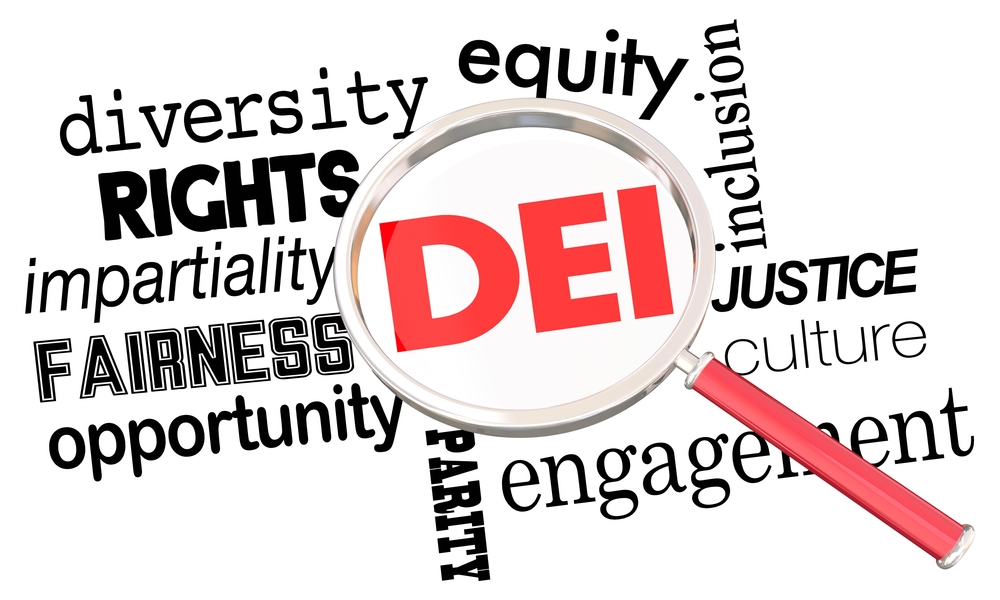Understanding DEI Hiring
Diversity, Equity, and Inclusion (DEI) hiring has become a critical focus for organizations aiming to create a more balanced and representative workforce. This approach not only enhances workplace culture but also drives better business outcomes. In this article, we will explore what DEI hiring entails, its importance, strategies for implementation, and common challenges faced by organizations.
What is DEI?
DEI stands for Diversity, Equity, and Inclusion, each representing a crucial aspect of a holistic approach to hiring and workplace culture.
- Diversity refers to the presence of differences within a given setting, including but not limited to race, gender, age, sexual orientation, and socioeconomic status. It encompasses both inherent diversity (characteristics individuals are born with) and acquired diversity (traits developed through experiences).
- Equity involves ensuring fair treatment, access, and opportunities for all individuals, addressing systemic barriers that have historically marginalized certain groups. It goes beyond equality by recognizing that different individuals may need different resources or opportunities to achieve similar outcomes.
- Inclusion is the practice of creating an environment where all individuals feel welcomed, respected, and valued. It ensures that diverse voices are heard and considered in decision-making processes.
Importance of DEI Hiring
The significance of DEI hiring cannot be overstated. Research indicates that organizations with diverse teams outperform their peers in terms of innovation, employee engagement, and overall performance. Here are some key reasons why DEI hiring is essential:
- Enhanced Innovation: Diverse teams bring varied perspectives, leading to more creative solutions and innovative ideas.
- Improved Employee Engagement: Employees who feel included and valued are more likely to be engaged and committed to their work, resulting in higher retention rates.
- Better Decision-Making: Diverse groups are better at problem-solving and making informed decisions, as they consider a wider range of viewpoints.
- Attracting Top Talent: A commitment to DEI can enhance an organization’s reputation, making it more attractive to potential candidates from diverse backgrounds.
- Legal and Ethical Responsibility: Implementing DEI hiring practices helps organizations comply with legal standards and fulfill their ethical obligations to promote fairness and equality.
Strategies for Implementing DEI Hiring Practices
To effectively implement DEI hiring practices, organizations can adopt several strategies:
- Assess Current DEI Gaps: Conduct a thorough analysis of the current workforce composition and identify areas where diversity is lacking. This can involve surveys, focus groups, and data analysis.
- Revise Job Descriptions: Ensure that job postings use inclusive language and focus on skills rather than unnecessary qualifications that may deter diverse candidates. For instance, avoid gendered language that could alienate certain demographics.
- Broaden Recruitment Networks: Expand outreach efforts to attract candidates from underrepresented groups. This can include partnerships with diverse professional organizations, universities, and community groups.
- Implement Bias Training: Provide training for hiring managers and recruiters to raise awareness of unconscious biases and equip them with tools to mitigate their impact during the hiring process.
- Standardize Interview Processes: Use structured interviews with standardized questions to ensure fairness and consistency in evaluating candidates. This helps reduce the influence of biases on hiring decisions.
- Create Diverse Interview Panels: Involve a diverse group of interviewers to bring different perspectives to the evaluation process. This can help ensure that candidates feel welcomed and understood.
- Seek Feedback: Regularly solicit feedback from candidates about their experiences throughout the hiring process. Use this information to make continuous improvements.
Common Challenges in DEI Hiring
While the benefits of DEI hiring are clear, organizations often face challenges in implementation:
- Resistance to Change: Employees and leaders may resist changes to traditional hiring practices. It’s essential to communicate the benefits of DEI and involve stakeholders in the process.
- Limited Resources: Smaller organizations may struggle with limited resources to implement comprehensive DEI initiatives. Seeking partnerships and leveraging community resources can help.
- Measurement and Accountability: Establishing metrics to measure the success of DEI initiatives can be challenging. Organizations need to define clear goals and regularly assess progress.
- Sustaining Momentum: DEI efforts require ongoing commitment and resources. Organizations must prioritize DEI as a continuous process rather than a one-time initiative.
Conclusion
DEI hiring is a transformative approach that can significantly enhance workplace culture and drive business success. By prioritizing diversity, equity, and inclusion in hiring practices, organizations can create a more representative workforce that fosters innovation, engagement, and retention. As the landscape of work continues to evolve, embracing DEI will be essential for organizations seeking to thrive in a competitive environment.
FAQ Section
What does DEI stand for?
DEI stands for Diversity, Equity, and Inclusion, which are key components in creating a balanced and representative workplace.
Why is DEI hiring important?
DEI hiring is important because it enhances innovation, improves employee engagement, leads to better decision-making, attracts top talent, and fulfills legal and ethical responsibilities.
What are some strategies for implementing DEI hiring practices?
Strategies include assessing current DEI gaps, revising job descriptions, broadening recruitment networks, implementing bias training, standardizing interview processes, creating diverse interview panels, and seeking feedback.
What challenges do organizations face in DEI hiring?
Common challenges include resistance to change, limited resources, measurement and accountability issues, and sustaining momentum in DEI efforts.
How can organizations measure the success of DEI initiatives?
Organizations can measure success by establishing clear goals, tracking diversity metrics, soliciting feedback from candidates, and regularly assessing progress toward DEI objectives.
Additional Resources
For further information on DEI practices, you can visit the Wikipedia page on Diversity, Equity, and Inclusion which provides an overview of these concepts and their application in various contexts.



